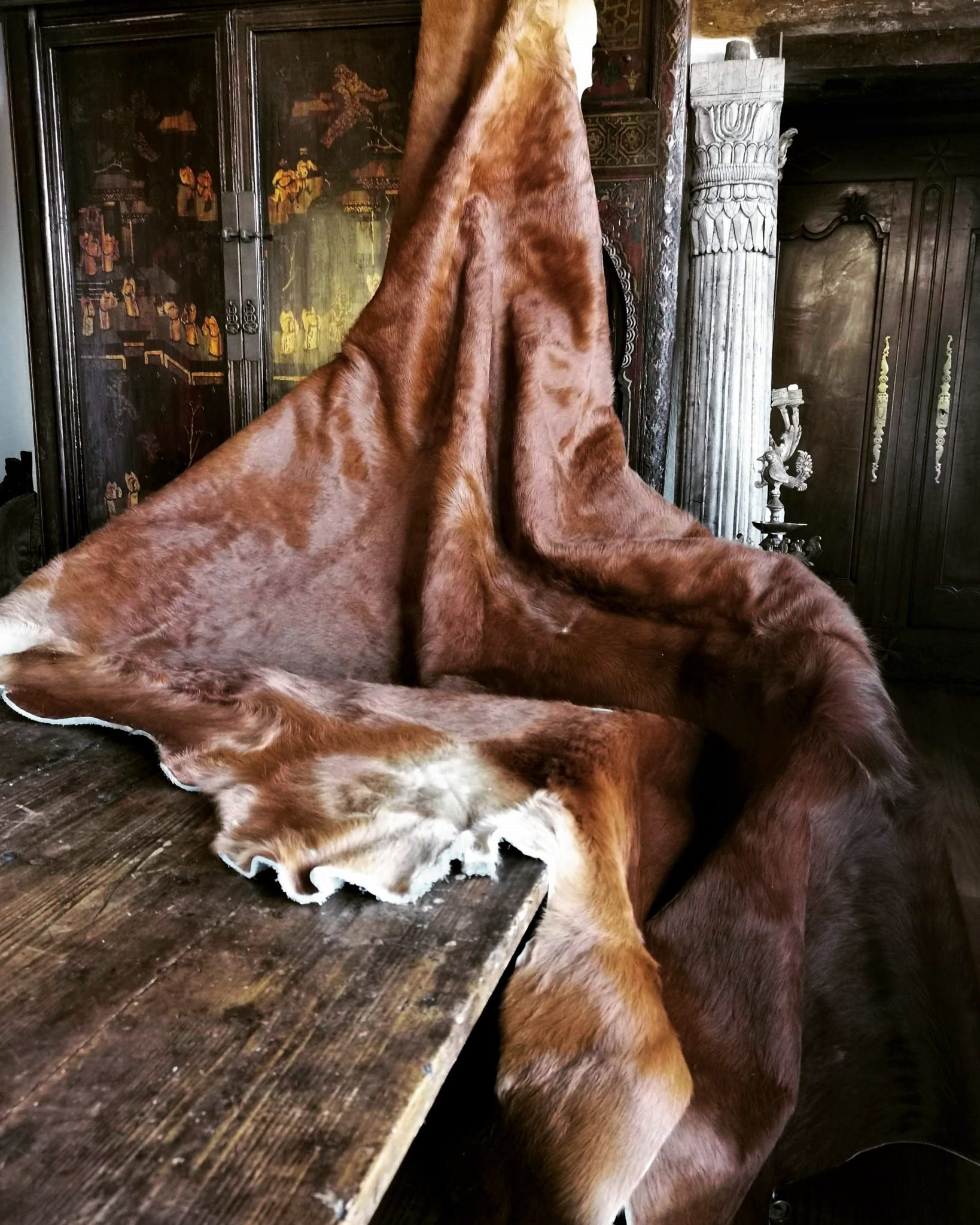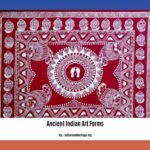From the windswept plains of North America to the rolling steppes of Asia, humans have ingeniously crafted shelters from a surprising source: animal hides. These dwellings, far from primitive huts, represent a sophisticated understanding of natural materials and a deep connection to the environment. This article delves into the fascinating world of animal hide architecture, exploring its rich history, diverse forms, ingenious construction techniques, cultural significance, and potential relevance for a sustainable future. Embark on an exciting journey of discovery with this interactive constitution scavenger hunt.
The Architecture of the Hide: Adapting to a World of Extremes
Imagine a tipi silhouetted against the setting sun on the Great Plains. This iconic cone-shaped structure, the traditional home of many Plains Indian tribes, is perhaps the most recognizable example of an animal hide dwelling. Constructed primarily from buffalo hides stretched taut over a framework of wooden poles, the tipi was more than just a shelter; it was a portable universe, reflecting the Plains Indians’ worldview and spiritual beliefs. Its conical shape, echoing the surrounding hills and the vastness of the sky, likely symbolized a connection between earth and the heavens.
Journey eastward across continents to the steppes of Central Asia, and you’ll encounter the yurt. This circular dwelling, crafted from animal hides and felt over a collapsible wooden frame, represents another ingenious adaptation to a challenging environment. The yurt’s circular layout fostered a sense of community, with families gathering around a central hearth, its shape possibly reflecting the cyclical nature of life. The thick felt and hide covering provided warmth in harsh winters and cool respite in scorching summers, a testament to the ingenuity of nomadic peoples.
But the story of animal hide dwellings extends far beyond these two well-known examples. The Sami people of Northern Europe used reindeer hides to construct their lavvu tents, ingenious shelters against the biting Arctic winds. Further north, the Inuit ingeniously combined seal skin with snow and ice to create the remarkably efficient cold-weather homes known as igloos. These diverse examples offer a glimpse into the remarkable adaptability of humans and the myriad ways we have harnessed the resources of the natural world to create shelter.
Crafting a Home from Hide: Ancient Techniques and Modern Inspirations
Creating a dwelling from animal hides was a labor of love, a craft passed down through generations. The process began with the meticulous preparation of the hides, scraping and cleaning them to remove any remaining flesh or fat. Tanning, a crucial step, involved treating the hides with natural substances, often animal brains or plant extracts, to soften them, increase their durability, and prevent decay. This process, developed over millennia, transformed raw hides into a remarkably resilient and weather-resistant material.
Next came the construction of the framework, using materials readily available in the surrounding environment. Tipis utilized long, slender poles arranged in a cone shape, while yurts employed a lattice of bent wood, a testament to the structural ingenuity of nomadic builders. Finally, the tanned hides were carefully stretched over the framework and stitched together, often with sinew or other natural fibers. Each stitch likely represented a connection to ancestral traditions and a respect for the materials.
These dwellings were far more than functional shelters; they embodied cultural identity, social structures, and spiritual beliefs. The placement of the tipi’s doorway, the arrangement of the interior, and the paintings adorning the hides all held symbolic meaning, reflecting a particular tribe’s understanding of the cosmos. Yurt decorations, likewise, told stories of family history, nomadic journeys, and cultural beliefs. These structures served as tangible links to the past, powerful expressions of a people’s connection to their ancestors and the natural world.
A Legacy of Sustainability: Lessons from the Past for a Greener Future
In the 21st century, animal hide dwellings may seem like relics of a bygone era. Yet, their legacy continues to resonate, offering valuable lessons for sustainable building practices. These structures, crafted from locally sourced, renewable materials, exemplify resource efficiency and minimal environmental impact. Their portability and adaptability, essential for nomadic lifestyles, also hold relevance for contemporary design challenges. The traditional knowledge embodied in these dwellings may inspire innovative approaches to sustainable architecture, perhaps even leading to the development of new, eco-conscious materials and construction techniques.
While modern building materials have largely replaced animal hides, their use continues in some contexts. Yurts have experienced a resurgence in popularity, offering a unique “glamping” experience that blends ancient tradition with modern comfort. Historical reenactors meticulously recreate tipis and other hide dwellings, bringing the past to life and providing tangible connections to human heritage. Ongoing research explores the potential of animal hides as a sustainable building material for the future, focusing on ethical sourcing and environmentally friendly processing methods. Some experts believe that by integrating traditional knowledge with modern technology, we can unlock the full potential of this ancient material while minimizing its ecological footprint.
Exploring the Diversity of Hides: A Natural Material Palette
The world of animal hides extends far beyond shelter. Throughout history, hides have been used to create a remarkable array of objects, from clothing and footwear to tools, containers, and even works of art. Different animal hides possess unique characteristics that make them suitable for diverse purposes. The thick, durable hide of a buffalo provided excellent protection in the form of robes and shields, while the softer, more pliable deerskin was ideal for clothing and moccasins. Sheepskin offered warmth and insulation, while goatskin, known for its strength and water resistance, was well-suited for tents, parchment, and bookbindings.
| Hide Type | Properties | Uses |
|---|---|---|
| Cowhide | Thick, durable, softens with use | Leather goods, rugs, upholstery, belts |
| Deerskin | Soft, pliable, drapes well, breathable | Clothing, gloves, moccasins, bags |
| Sheepskin | Warm, insulating, soft, often retains wool | Linings for coats and boots, rugs, baby blankets |
| Goatskin | Strong, water-resistant, thin but tough | Tents, parchment, bookbindings, gloves |
| Buffalo hide | Extremely durable, thick, excellent protection | Heavy-duty leather goods, Native American crafts, robes |
| Pigskin | Durable, porous, breathable | Gloves, shoes, athletic equipment, bookbindings |
The ingenuity of our ancestors in utilizing this versatile material is truly remarkable. From meticulously prepared parchment and vellum that served as the canvas for ancient texts and artistic masterpieces to rawhide used for binding, lashing, and shaping tools and containers, hides played an integral role in pre-industrial societies. Even everyday items like glue and gelatin derived from animal collagen. Some researchers suggest that the availability of specific animal hides may have even influenced the development of certain technologies and cultural practices.
While synthetic materials have largely supplanted hides in many applications, leather remains prized for its durability and timeless appeal, and gelatin finds its way into diverse products, from food and cosmetics to pharmaceuticals. Emerging technologies like bio-leather offer a sustainable alternative, raising the possibility of a renewed and more environmentally conscious relationship with this ancient material.
The story of animal hide dwellings is a testament to human ingenuity, adaptability, and our deep connection to the natural world. These structures were more than just shelters; they were expressions of cultural identity, social organization, and spiritual belief. By learning from the past and embracing sustainable practices, we can draw inspiration from these remarkable dwellings and create a more harmonious and eco-conscious future.
















